This can involve the perilous task of building tunnels and in 1858 a major tunnelling endeavour was required to save London from The Big Stink, a putrid stench that had befallen the capital.
June 1858: Commissioning London’s sewers
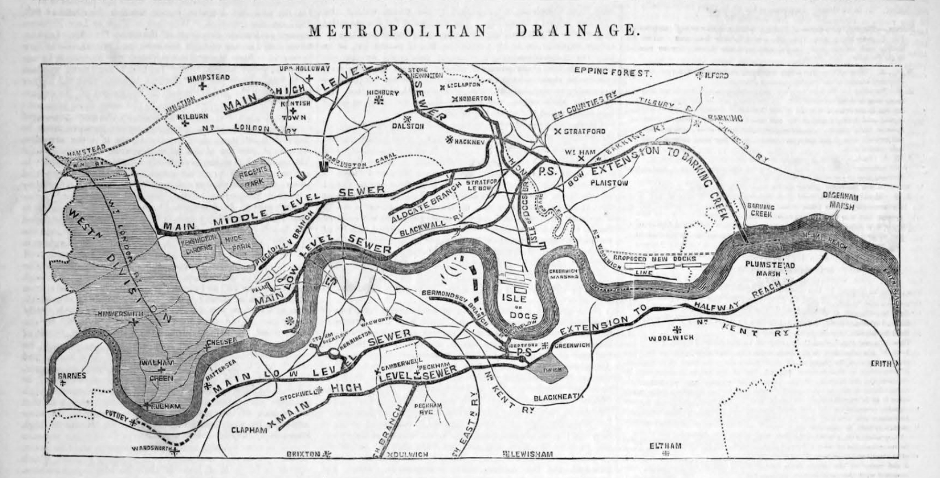
MPs finally got to grips with London’s growing waste problem when it literally got up their noses. The Big Stink - caused by a combination of hot weather and untreated human waste and industrial effluent – had forced MPs from the House of Commons, prompting them to rush a bill through parliament to build a new sewage system. The Metropolitan Board of Works’ chief engineer, Joseph Bazalgette, was responsible for designing and building the huge system of intercepting sewers, which is still in use today.
REVISIT THE ENGINEER’S ARCHIVE HERE
March 1876: Building a Channel Tunnel

Excavation is one of the greatest challenges in any tunnel project, and in 1876 The Engineer was in no doubt about the future success of plans by Sir John Hawkshaw and Sir James Brunlees, founders of the original Channel Tunnel Company, who proposed a 31-mile tunnel link.
“For the execution of the work, as far as mechanical aid is concerned, there need be no apprehension, there now being ample means in the way of tunnelling machinery, and ample experience in its extensive use,” said The Engineer's correspondent.
Despite The Engineer’s enthusiasm, a tunnel wasn’t completed for another 118 years.
REVISIT THE ENGINEER’S ARCHIVE HERE
March 1869: The Tower Subway
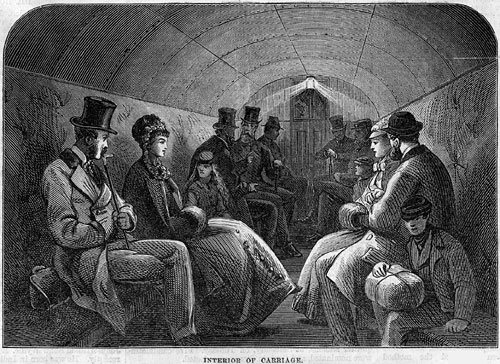
It might seem counterintuitive to build a tunnel in place of a bridge, but that was the situation in 1869 when The Engineer reported on the Tower Subway in London. An attempt to bridge the River Thames had failed in 1863 because of ‘the great height required for the passage of ships’. This problem was eventually solved by Tower Bridge, but before it came Peter Barlow’s Tower Subway, itself a forerunner of the modern deep-level Tube.
REVISIT THE ENGINEER’S ARCHIVE HERE
December 1939: Protective works on underground railways
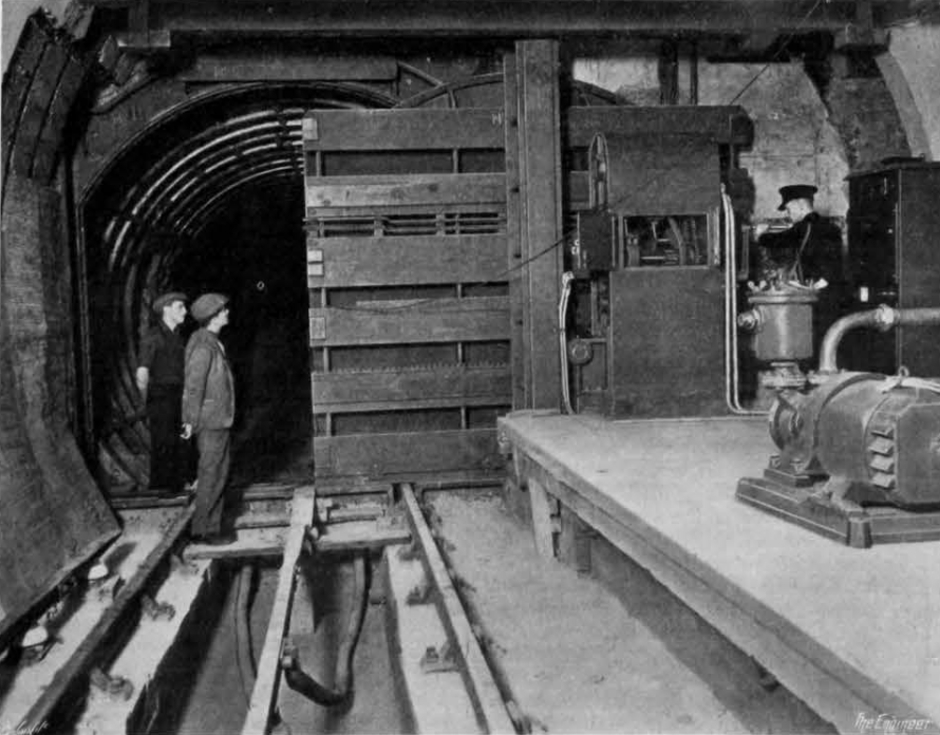
With Britain’s population being urged to Keep Calm and Carry On, passengers on London Underground were faced with the prospect of flooding as a result of bombing by the Luftwaffe. To mitigate the risks of flooding, a solution was found that literally closed the floodgates and sealed tunnels from the ingress of water.
REVISIT THE ENGINEER’S ARCHIVE HERE
2012: Excavating Crossrail’s tunnels
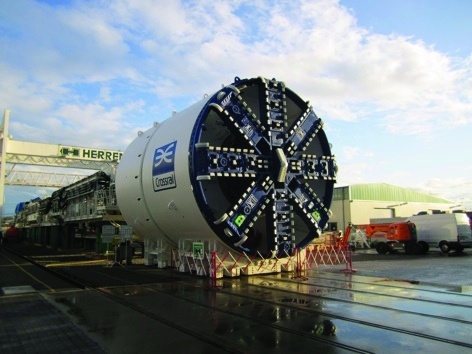
In just over three years, eight tunnel boring machines dug below London’s streets to construct 42km of new rail tunnels for Crossrail, Europe’s largest civil engineering project. When complete, new trains will run over 100km from Reading and Heathrow in the west, through new tunnels under central London to Shenfield and Abbey Wood in the east. In doing so, the project is predicted to bring an additional 1.5 million people within 45 minutes of London.
REVISIT THE ENGINEER’S ARCHIVE HERE
2014: Thames Tideway tunnel
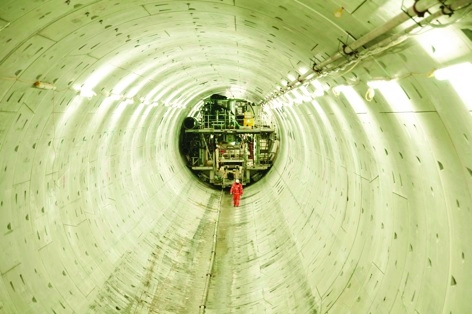
Joseph Bazalgette’s Victorian sewers stand out as a highlight of Victorian tunelling, but even he couldn’t have anticipated demands on a system that must now serve around 8.7 million Londoners. Bazalgette’s low-level interceptor sewers fill up and overflow into the Thames, a situation that will be resolved by diverting overflow into the new tunnel instead of the river.
REVISIT THE ENGINEER’S ARCHIVE HERE
2015: The world’s longest immersed tunnel

Designed to be constructed from vast pre-fabricated concrete sections that will be installed in trenches on the seabed up to 35m beneath the surface, the 18km Fehmarnbelt tunnel will comprise twin railway lines, four motorway lanes and a separate emergency tube. The tunnel, which will connect Denmark with Germany, will be five times longer than the current record-holder, the Øresund tunnel, which is also in Denmark.










Radio wave weapon knocks out drone swarms
Have they tested the effectiveness of the system against the new generation of fibre-optic guided drones now being deployed by both side in the war in...